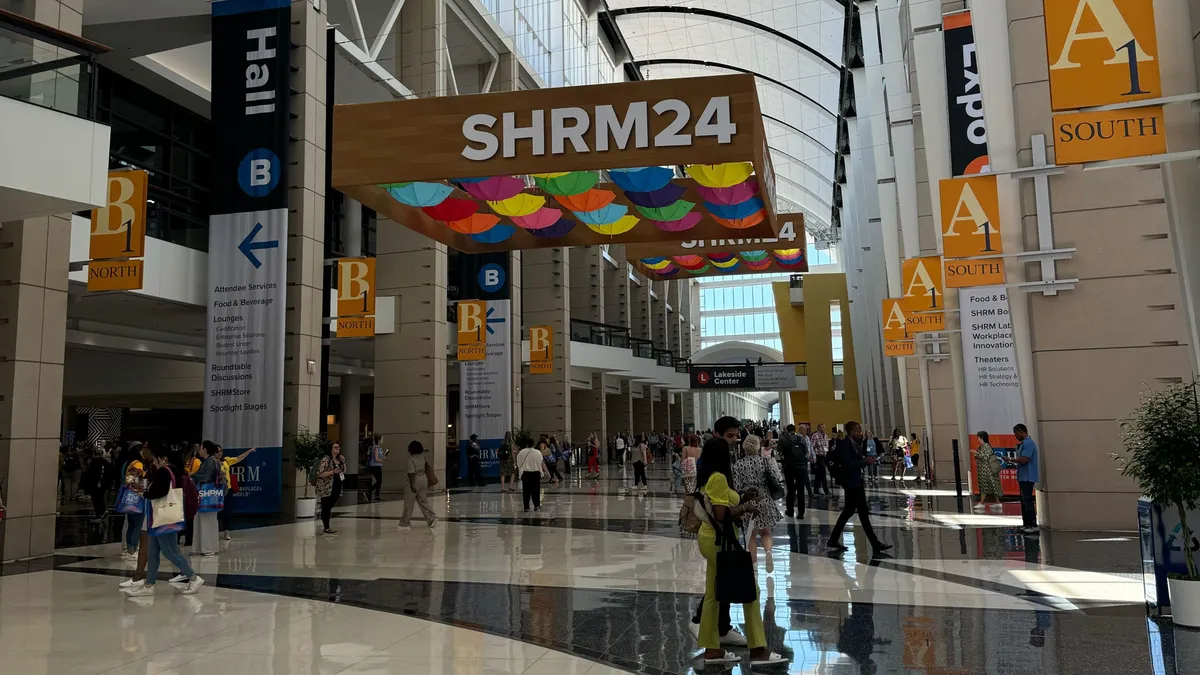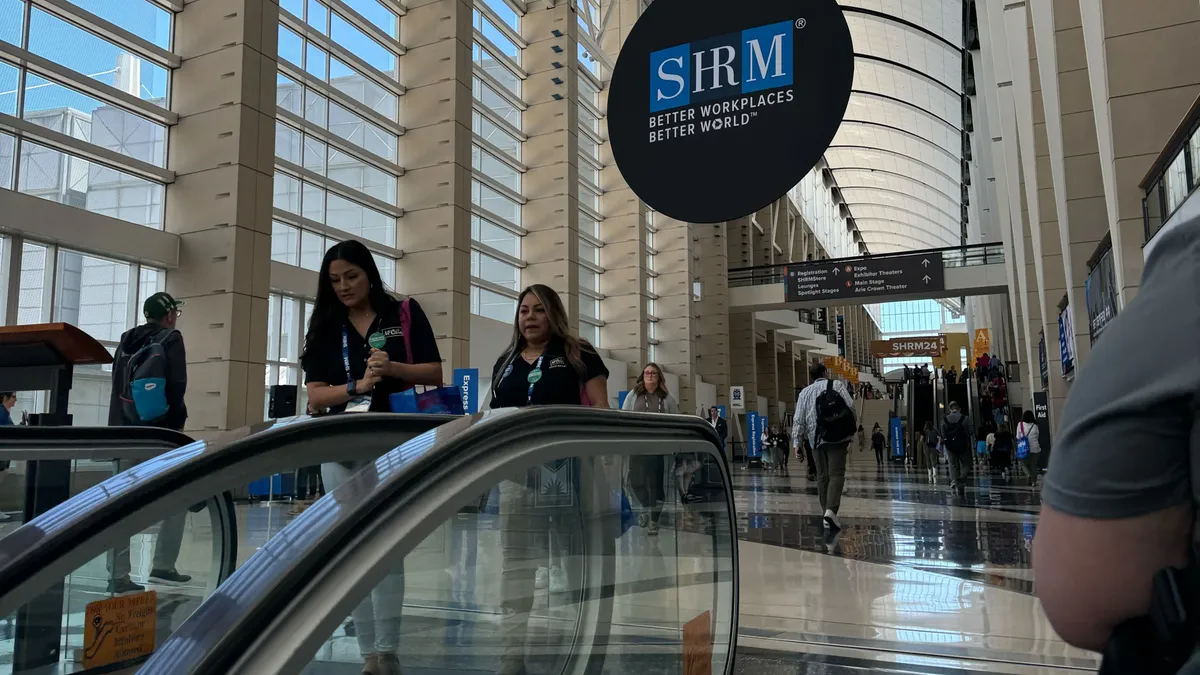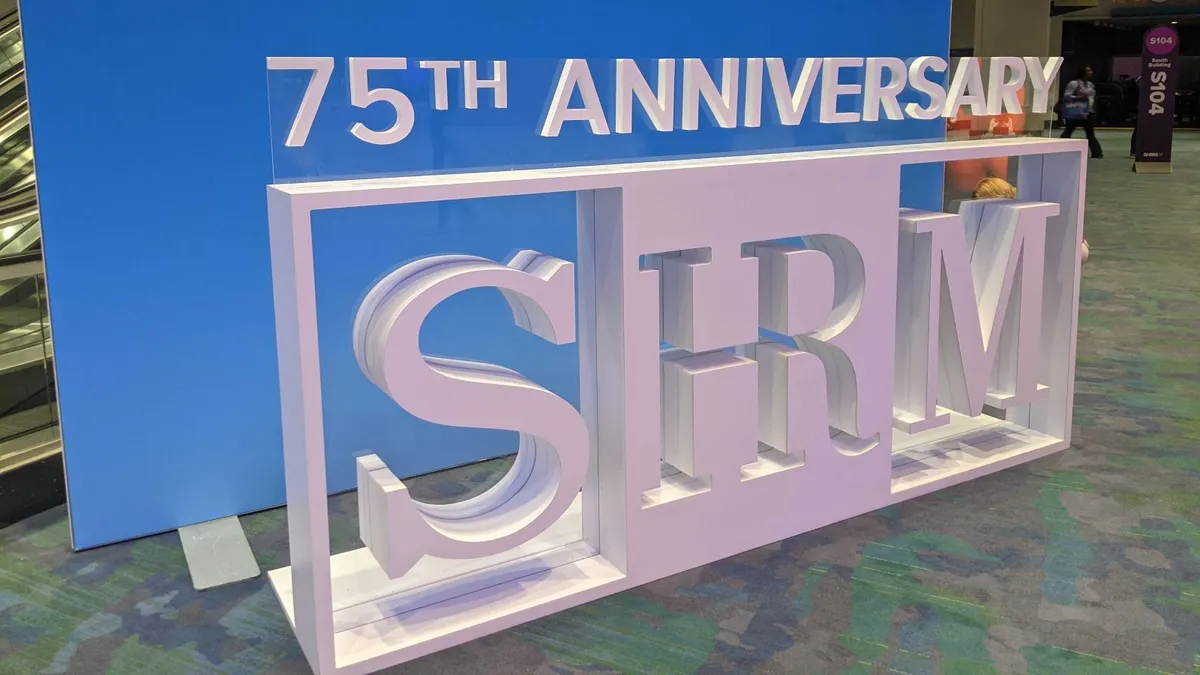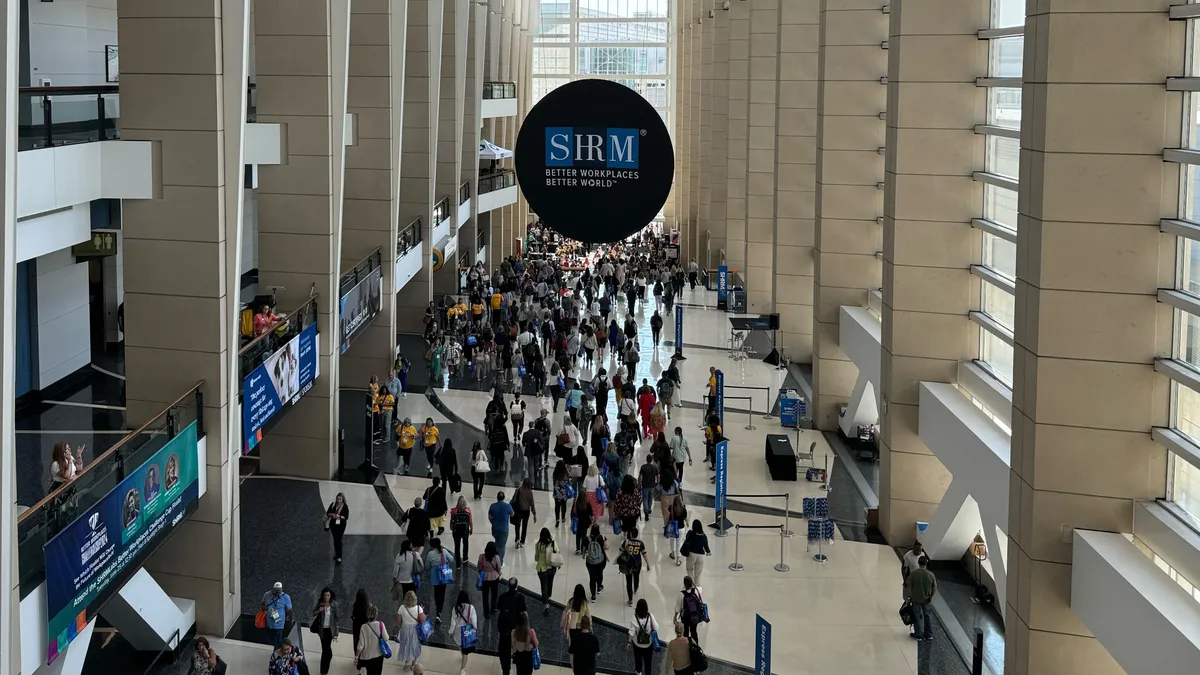Employer support for healthcare benefits and flexibility remains strong, most members of the Society for Human Resource Management said in the organization’s most recent annual employee benefits survey.
The poll of more than 4,500 respondents found that 88% said they considered health benefits either “very” or “extremely” important, with 82% offering preferred provider organization plans and 63% offering high-deductible health plans, according to results shared with HR Dive via email on Monday.
One area of health — menopausal health — appeared on SHRM’s survey for the first time ever, the organization said. It found that 17% of employers provide support for menopause, such as counseling and education. However, only 2% offered menopause-specific leave outside of other sick leave policies.
Employee benefits for menopause have gained some traction in the past year after a 2023 Mayo Clinic study found that menopause symptoms cost an estimated $1.8 billion in lost work time annually. SHRM said addressing the needs of employees with menopause “is becoming increasingly relevant”; data from the U.S. Bureau of Labor Statistics estimates that women ages 45 to 54 make up about 10% of the U.S. workforce.
Most respondents said they were offering some form of flexible work, including 63% who said they offered a hybrid work arrangement. A majority, 70%, said flexible work was either “very” or “extremely” important, although the share of employers offering subsidies for at-home work equipment declined from 62% in 2022 to 56%.
“The heightened emphasis on health care, flexible work options, and the emerging discourse on menopause-related benefits underscores the need for employers to meet the diverse needs of their workforce,” Alex Alonso, SHRM’s chief data and insights officer, said in the email.
Earlier this year, research from software platform Resume Builder showed that 1 in 4 companies planned to increase in-person work days, signaling a shift toward return-to-office requirements despite candidate demand for flexibility.
Respondents to SHRM’s survey provided an annual average of 20 days of paid time off, 12 days of paid vacation and 10 paid sick days. The share of employers offering paid parental leave held steady at 40%, SHRM said.
Those findings appear to track with May data from Eagle Hill Consulting, which found that most U.S. employees had between 11 and 30 PTO days per year — though the firm also noted that 3 in 4 employee respondents said they did not use the maximum PTO permitted by their employers. Discussions of PTO use picked up entering the summer, especially with respect to the rise of the “quiet vacationing” trend.
SHRM said employers should consider keeping up to date with federal, state and local employee benefits regulations and streamlining leave policies to address employee needs.























